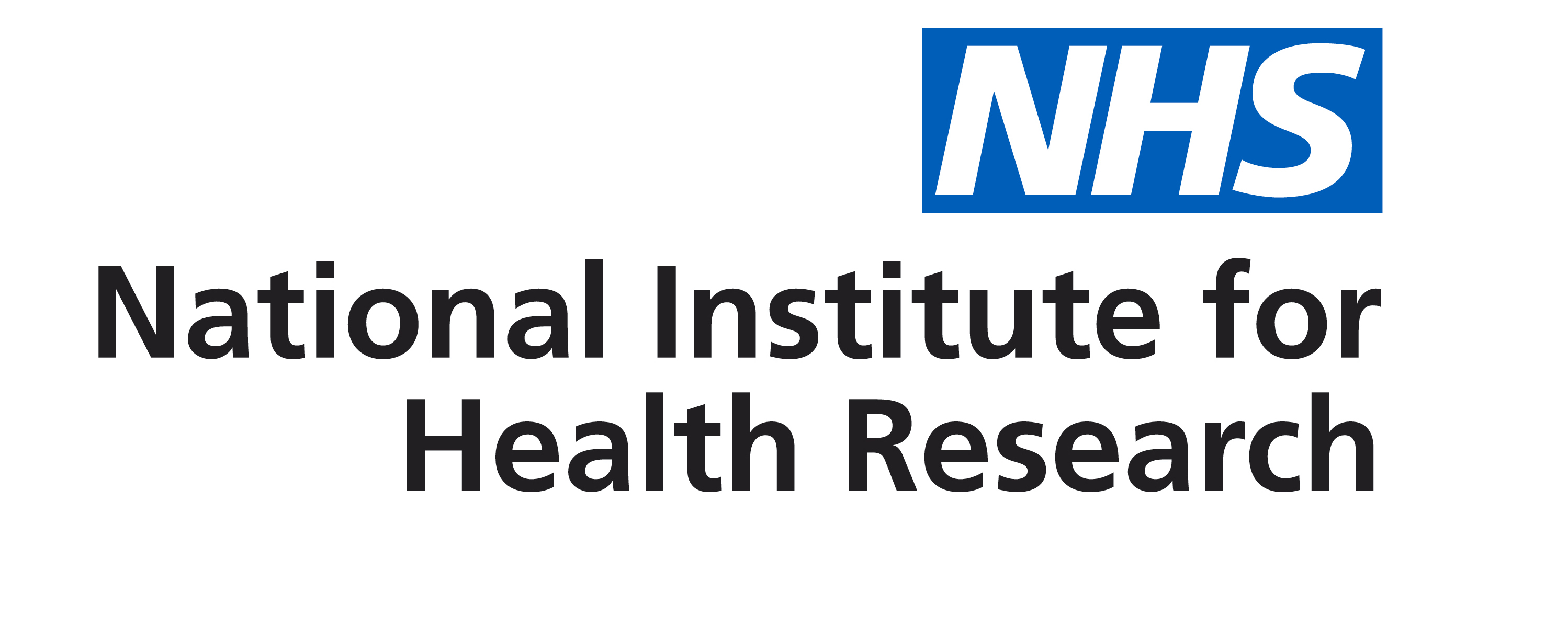SHAPES
Background to SHAPES
Adiposity is a term used to describe the amount and location of fat tissue in the body. Adiposity is measured in a variety of ways, for example using ultrasound scans or measuring the size of someone’s waist using a tape measure. Research shows that high amounts of adiposity around and above the waist can lead to some health conditions, for example Type 2 Diabetes. However, there is a lack of research exploring how adiposity might be relevant to pregnancy.
Maternity units currently use body mass index (BMI) to identify which women and pregnant people might need additional care during pregnancy. Total body weight and height are used to calculate a BMI. This calculation has some limitations as it cannot tell how much fat tissue someone has, or where it is stored. There might be other adiposity measures that work better than BMI to identify who would benefit the most from additional care during pregnancy.
What is SHAPES trying to do?
The SHAPES research programme aims to explore whether there are measures of adiposity in early pregnancy that can be used to identify which women and pregnant people, and their babies, might benefit from additional care during pregnancy.
Who is funding SHAPES?
The research is funded by the UK Department of Health and Social Care, via the National Institute for Health Research (NIHR).
Where is the research being carried out?
The research is being led by Dr Nicola Heslehurst at Newcastle University’s Population Health Sciences Institute. The SHAPES cohort study is being carried out at the Royal Victoria Infirmary, Newcastle upon Tyne NHS Trust. See here for more details on the research team.




